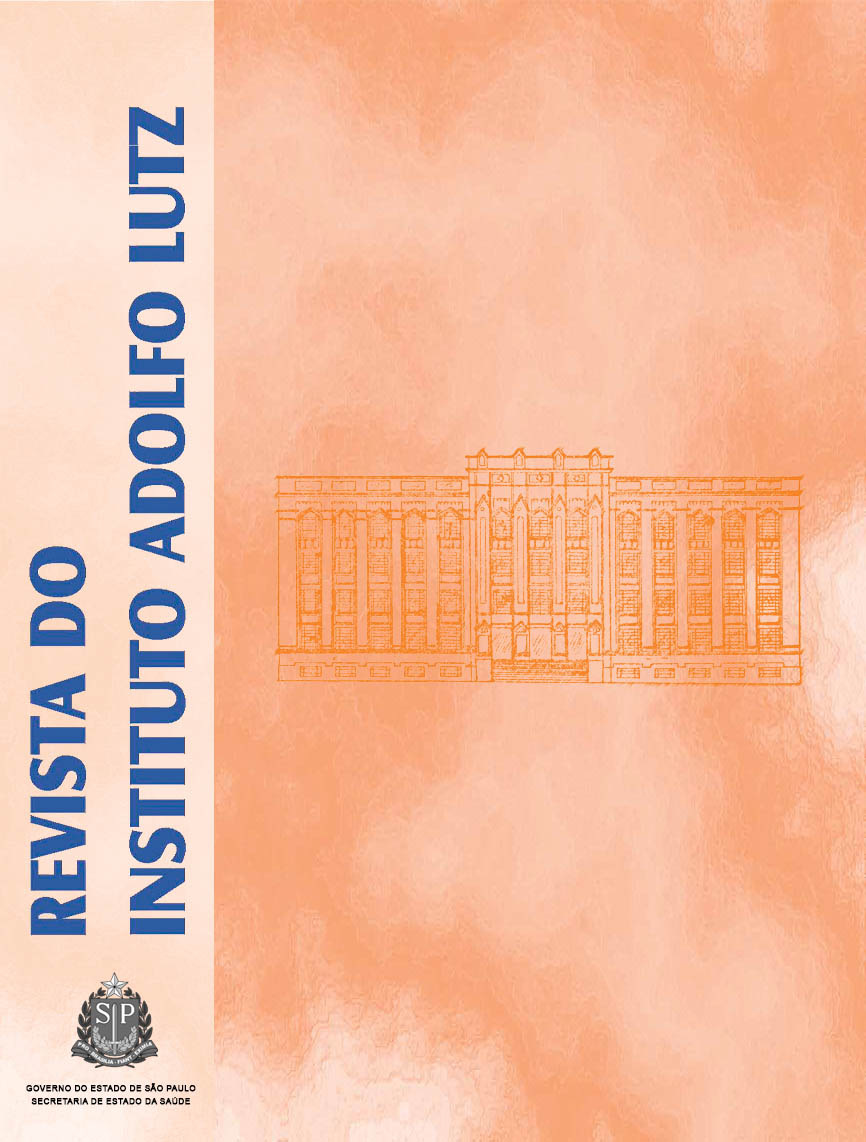Abstract
The present study describes a primary culture of meniscus fibrocartilaginous tissue cultivated in high density technique. Cells were isolated from menisci fibrocartilaginous from 120 days-old New Zealand white rabbits. Menisci were finely minced , and treated with 2mg/mL collagenase in DMEM (Dulbecco's modified Eagle's medium) containing 10% FSC (fetal calf serum) in a shaker for three hours at 37ºC. Fibrochondrocyte cells were seeded at high density (1x105 cells /cm2) in T25 flasks containing DMEM supplemented with 10% FCS. Nearly 80% of cells attached to the flask , and after culturing for five days the cells were uniformly displayed as an elongated, fibroblastic-like morphology. The cells showed confluence after approximately 15 days of culture ,and produced sufficient extracellular matrix which could be evidenced by the appearance of toluidine blue metachromasia. No morphological changes were observed in fibrochondrocytes during cells growing. The fibrochondrocytes cells growth rate increased 2.5 fold, and attained to the stationary phase. During seven days, the newly glycosaminglycans synthesizing cells, the rate of total synthesis of glycosaminglycan was high, and it remained stable after monolayer cells confluency. Ultrastructural morphology of monolayer cells after culturing for eight days was identical to typical fibrochondrocyte in vivo.References
1. Junqueira LCU, Carneiro J. Tecido cartilaginoso In: Histologia Básica. Ed Guanabara Koogan, 1995. p.94 -100
2. Ghadially FN, Thomas I, Yong N, Lalond J.J. Ultrastructure of rabbitsemilunar cartilage. J Anat1978;125: 499-517.
3. Ghosh P, Taylor KF. The knee joint meniscus. Clin Orthop Rel Res1987; 224: 52-63.
4. Mcdevitt CA, Webber RJ. The ultrasctruture and biochemistry of meniscal cartilage. Clin Orthop 1990; 252: 8-18.
5. Eyre DR, Wu JJ. Collagen of fibrocartilage: A distinctive molecular phenotype in bovine meniscus. Febbs Lett 1983; 158: 265-70.
6. Roughley PJ, McNicol K, Santer V, Buckwalter J. The presence of acartilage like proteoglycan in the adult human meniscus. Biochem J1981; 197: 77-83.
7. Roughley PJ, White RJ. The dermatan sulfate proteoglycans of theadult human meniscus. J Orthop Res 1992; 10: 631-7.
8. Calvo E, Palácios I, Delgado E, Ruiz-Cabello J, Hernandez P, Sanchez-Pernaute O, Egido J, Herrero-Beaumong. High resolution MRI detectscartilage swelling at the early stages of experimental osteoarthritis. Osteoarthrt Cartil 2001; 9: 463-72.
9. Brittberg M, Nilsson A, Ohlsson C, Isaksson O, Peterson L. Treatmentof deep cartilage defects in the knee with autologus chondrocytetransplantation. N Engl J Med1994;331: 889-95.
10. Mueller SM, Shortkroff S, Schneider TO, Breinan HA, Yannas IV,Spector M. Meniscus cells seeded in type I and type II collagen – GAGmatrices in vitro. Biomaterials 1999; 20: 701-09.
11. Pangborn CA, Syriacos AA. Growth factors and fibrochondrocytes inscaffolds. Journal Orthopaedic Research 2005; 23: 1184-90.
12. Green PWB, Fox RR, Sokolof F. Spontaneous degenerative spinaldisease in the laboratory rabbit. J Orthop Res 1984; 2: 161-8.
13. Benya PD, Shaffer JK. Dedifferentiated chondrocytes reexpress thedifferentiated collagen phenotype when cultured in agarose gels. Cell1982;30: 215-24.
14. Freshney RI. Culture of animal cells: a manual of basic techniques. 4°ed. New York, 2000
15. Watson ML. Staining of tissue sections for electron microscopy withheavy metals. J Byphys Biochem Cytol 1958; 4: 475-8.
16. Reynolds ES. The use of lead citrate at high pH as an electron opaquestain in electron microscopy 1963; 17: 208-12.
17. Graverand MP, Ou Y, Schield-Yee T, Barclay L, Hard D, Natsume T, Rattner JB.The cells of the rabbit meniscus their arrangement, interrelationship, morphological variationsand cytoarchitecture. JAnat2001; 198: 525-35.
18. Isoda K, Saito S. In vitro and in vivo fibrochondrocytes growthbehaviour in fibrin gel na immuno histochemical study in the rabbit.Am J Knee Surg 1998; 11: 209-16.
19. Abercombie M, Heaysman JEM. Observation on the social behaviourof cells in tissue culture. II monolayering of fibroblasts. Exp Cell Res1981; 6: 293-306.
20. Webber RJ. In vitro culture of meniscal tissue. Clin Orthop Relat Res1990; 252: 114-20.
21. Webber RJ, Hough AJ JR. Serum-free culture of rabbit meniscal fibrochondrocytes proliferative response J Orthop Res 1988; 6(1):13-8.
22. Webber RJ, Hough AJ JR. Cell culture of rabbit meniscal fibrochondrocytes II. Sulfated proteoglycan synthesis. 1988; Biochimie70: 193-204.
23. Webber RJ, Zitaglio T, Hough AJ JR. In vitro cell proliferation and proteoglycan synthesis of rabbit meniscal fibrochondrocytes as afunction of age and sex. Arthritis and Rheumatism 1986; 29: 1010-6.

This work is licensed under a Creative Commons Attribution 4.0 International License.
Copyright (c) 2005 Instituto Adolfo Lutz Journal
